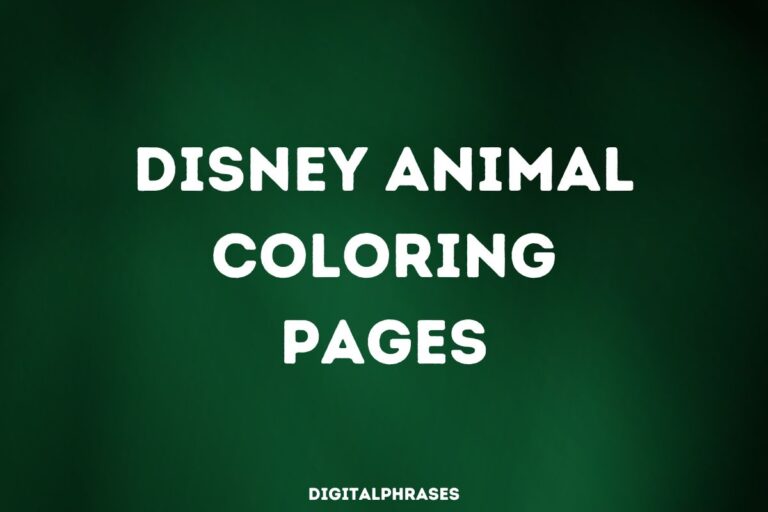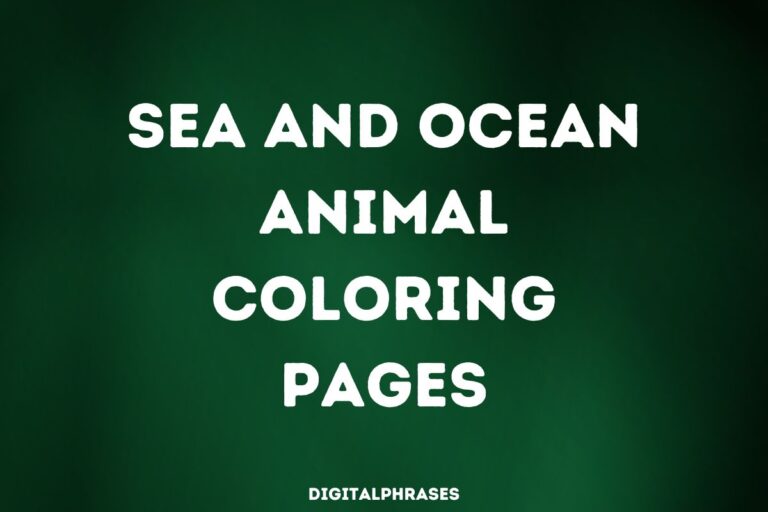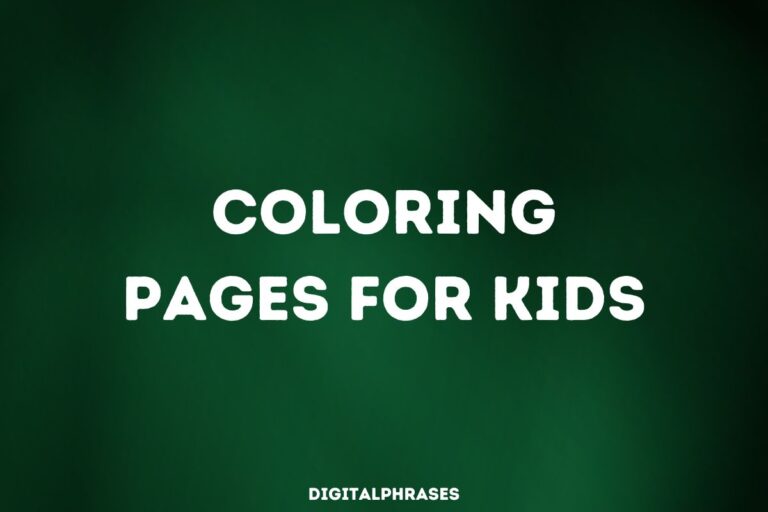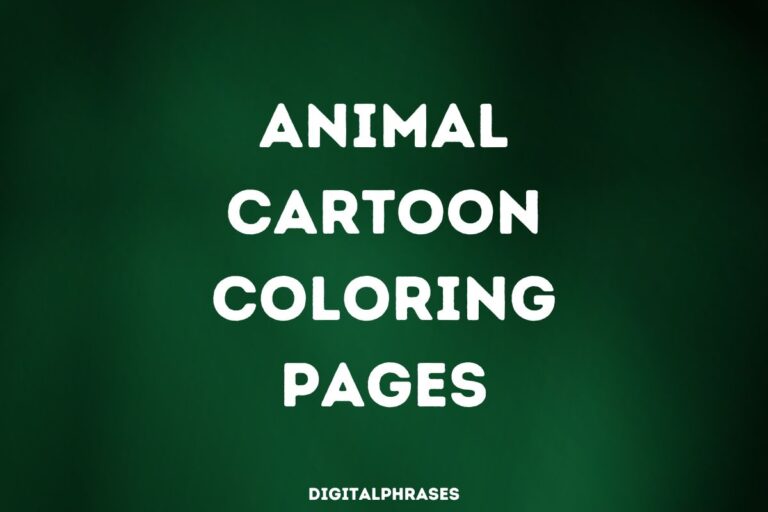32 Domestic Animal Coloring Pages
As a self-proclaimed coloring enthusiast (and by “enthusiast,” I mean I occasionally steal my kids’ crayons), I’ve come to realize that nothing is more satisfying than a fresh sheet of paper and a box of colors. But let’s be honest, there’s something extra special about coloring domestic animals.
Maybe it’s because, deep down, I’m convinced that every dog I color is judging my artistic choices or that every cat is planning its next sneaky move while I’m picking out the perfect shade of fur.
So, whether you’re coloring with your kids or “accidentally” keeping the pages for yourself like me, get ready for a barnyard full of creative fun.
Just try not to think too much about that cow glaring at you while you color it purple—it’ll only make you feel guilty.
Domestic Animal Coloring Pages
1

2

3
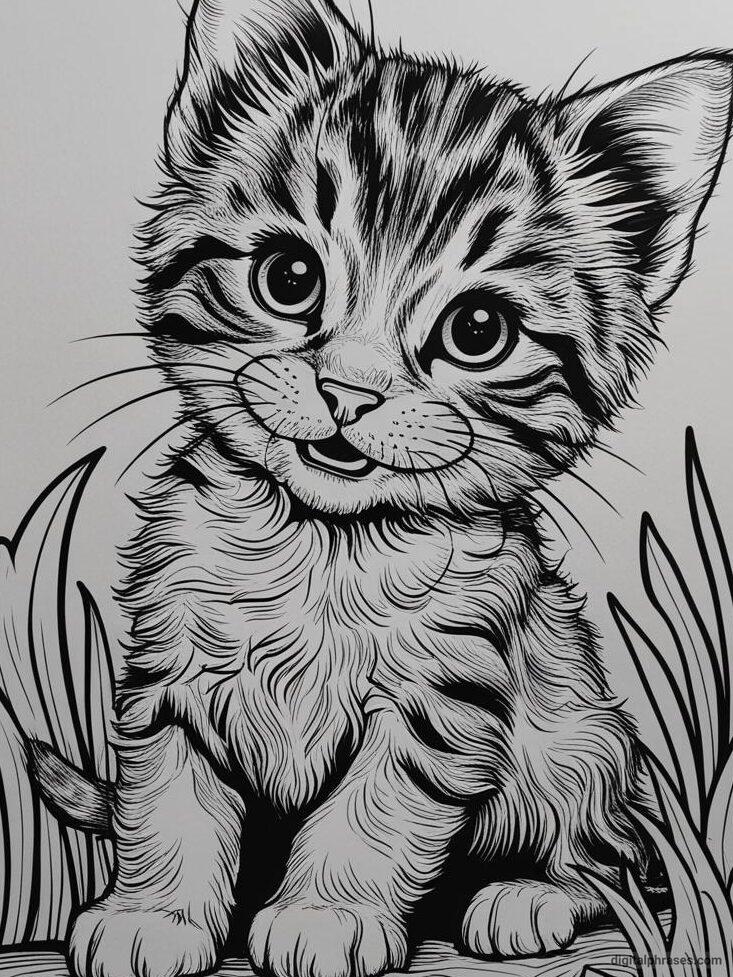
4
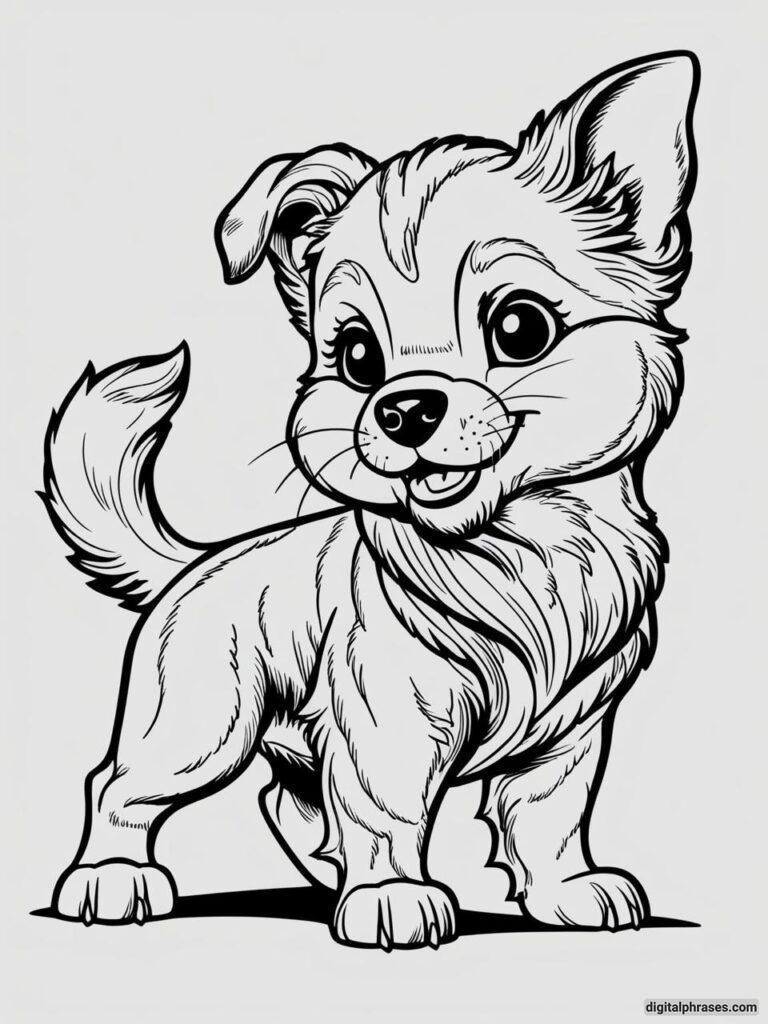
5
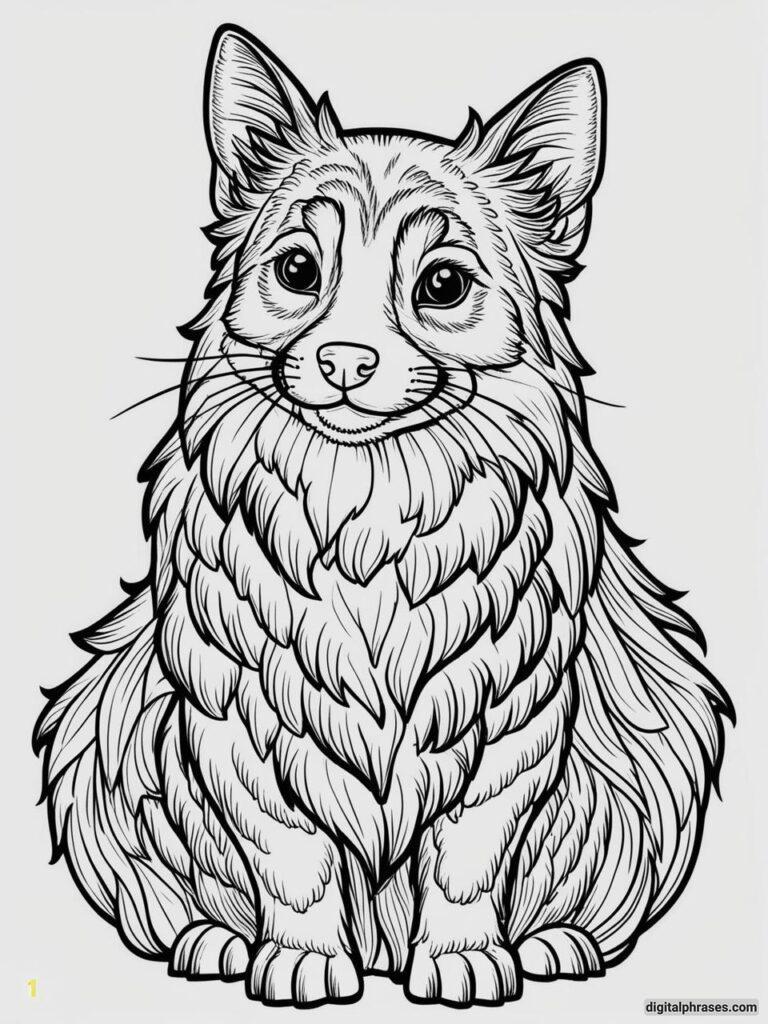
6

7
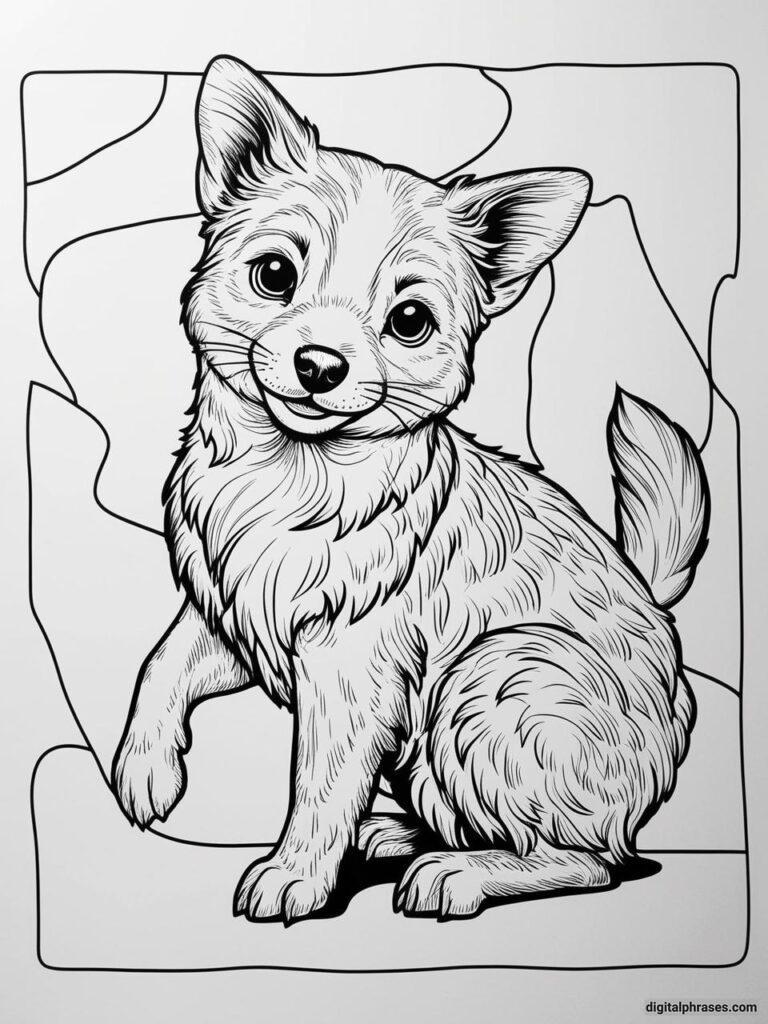
8

9
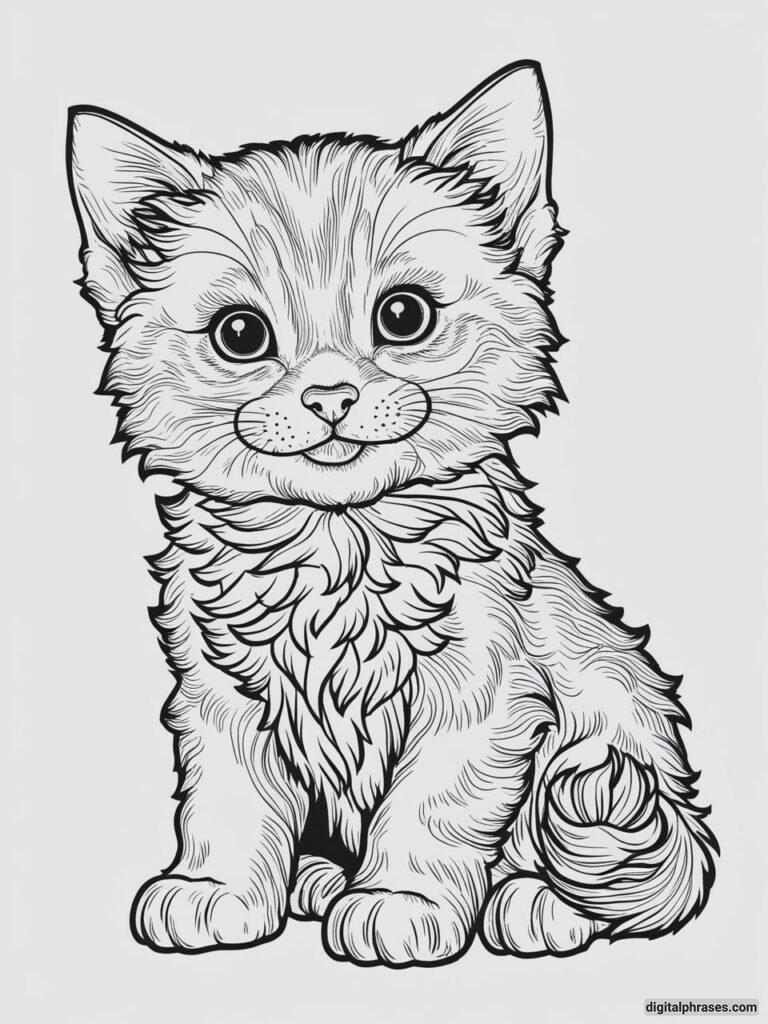
10

11

12

13
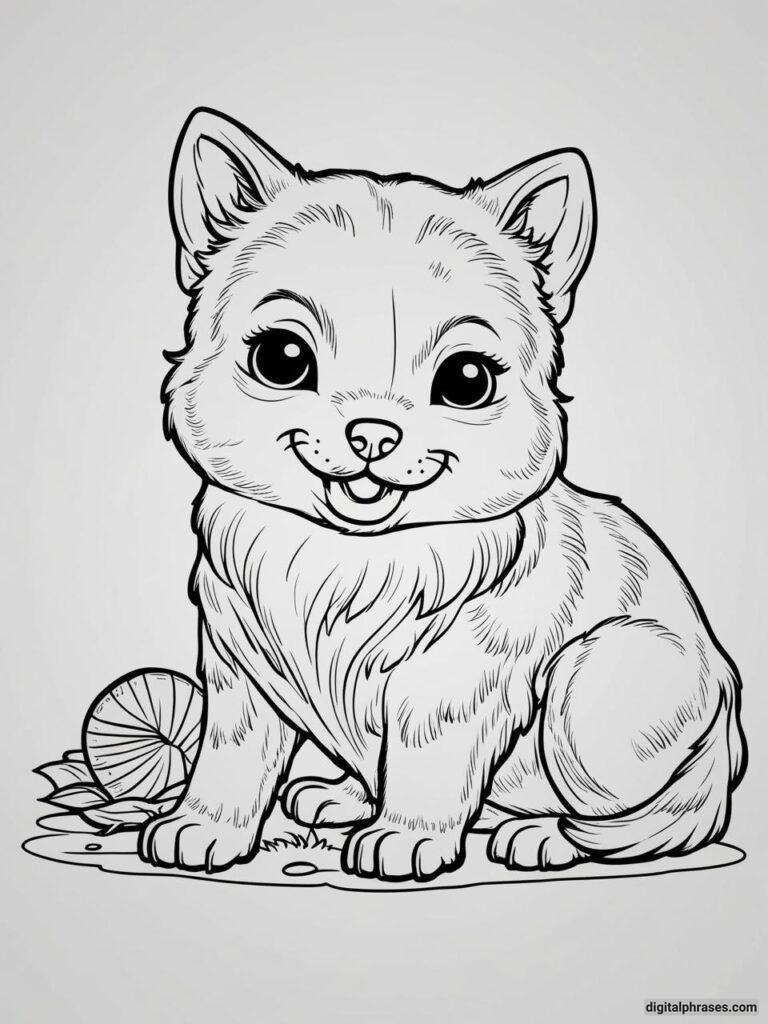
14
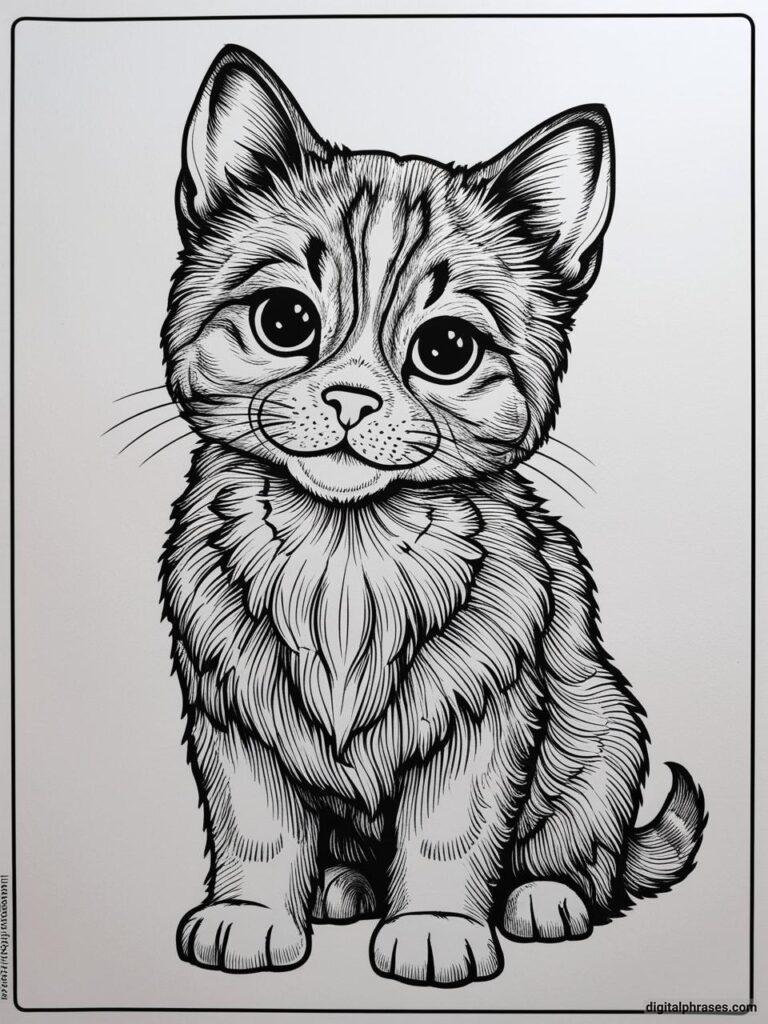
15

16
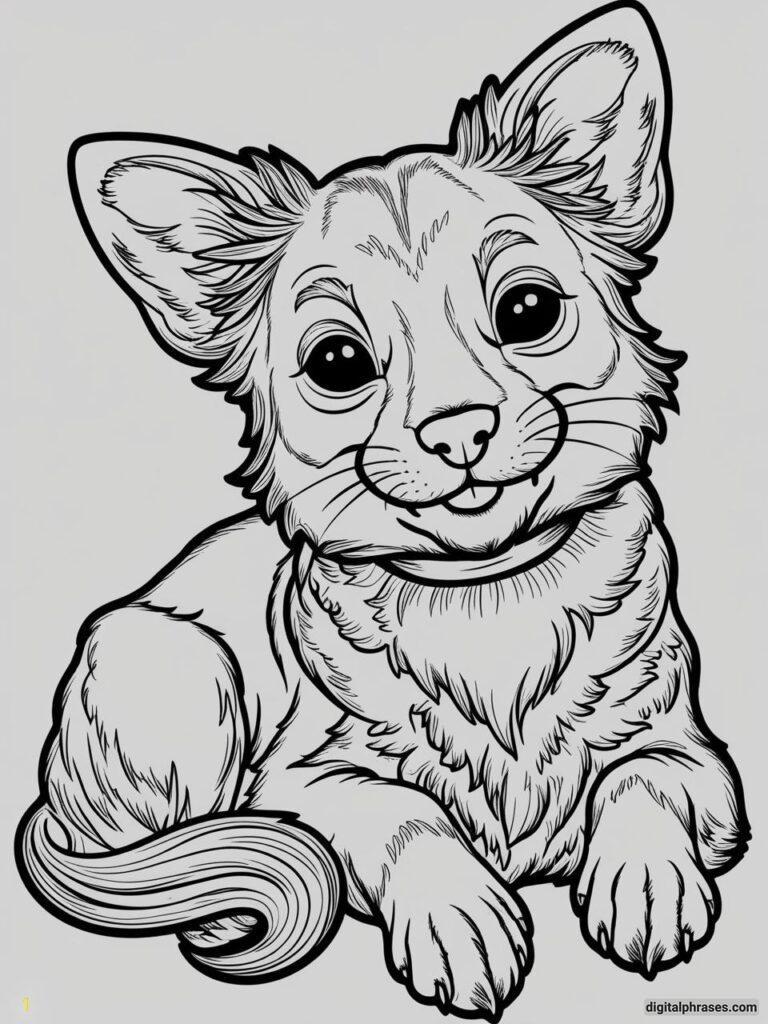
17
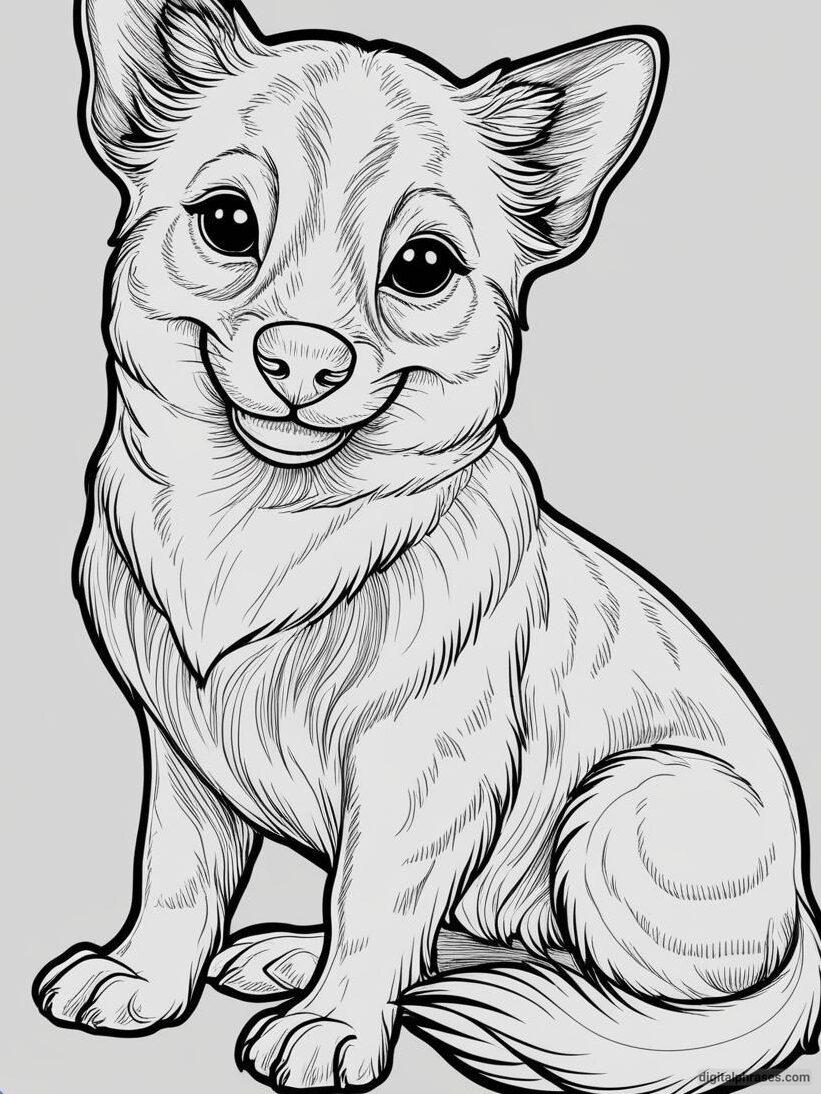
18
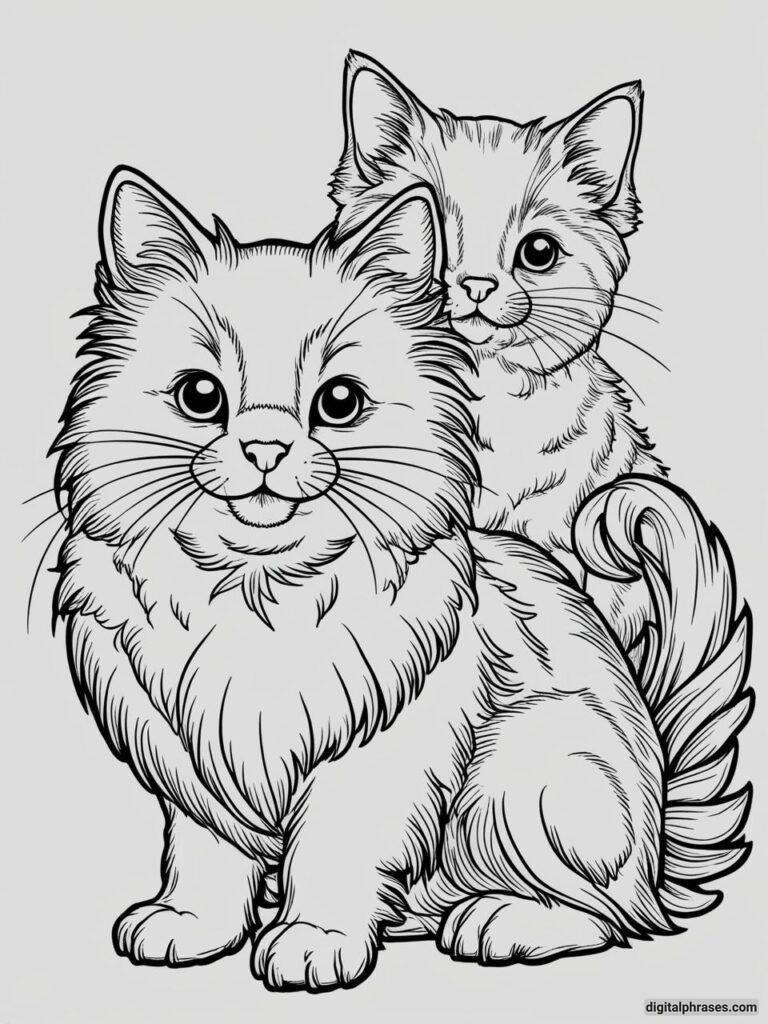
19

20
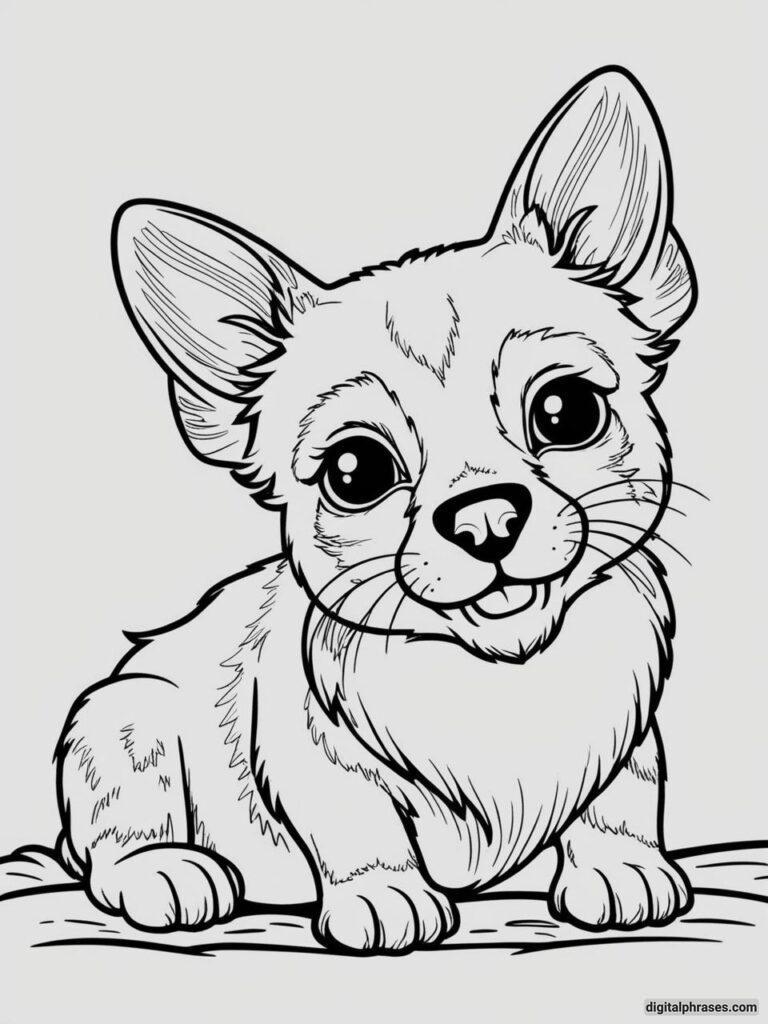
21
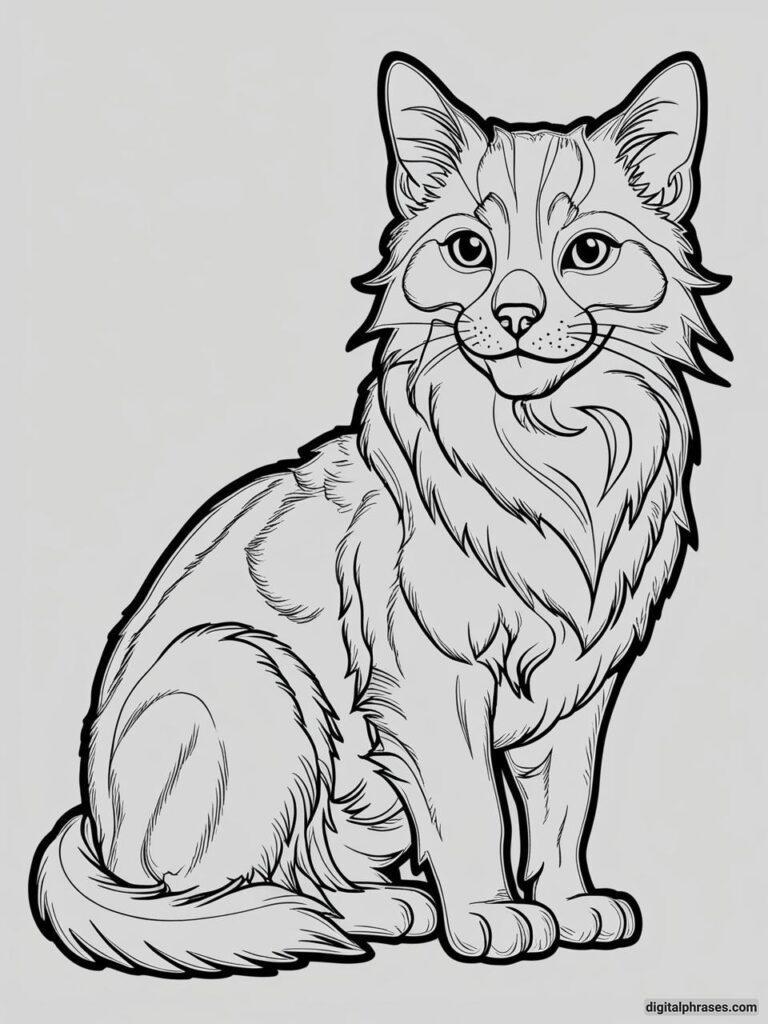
22

23
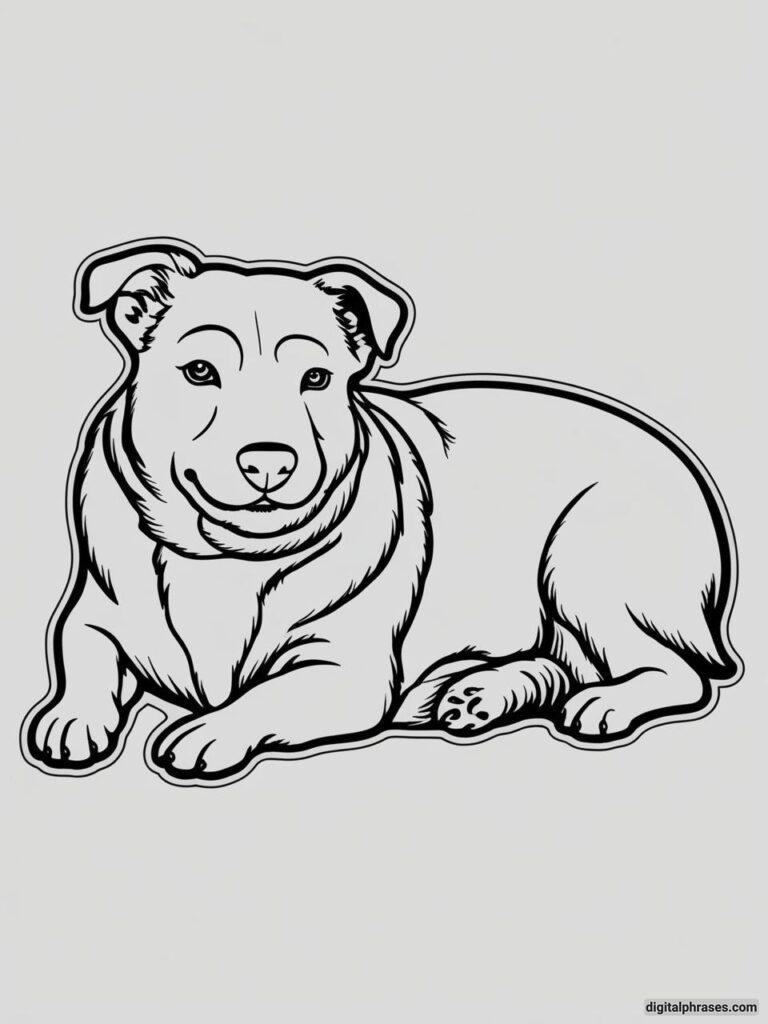
24

25
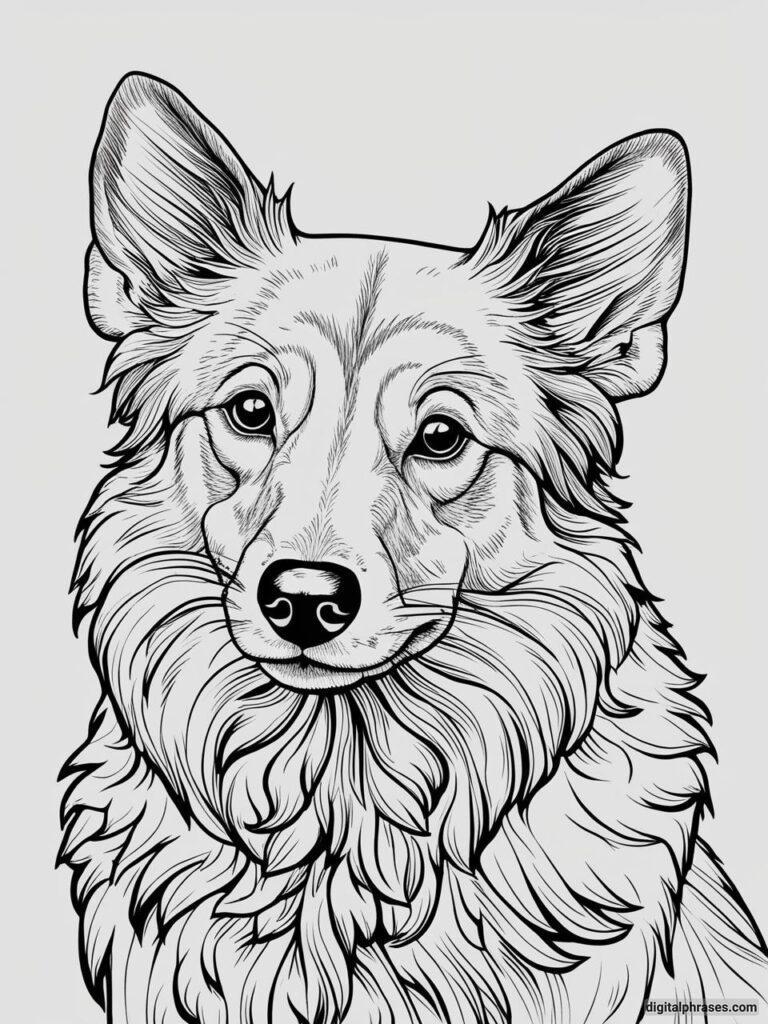
26
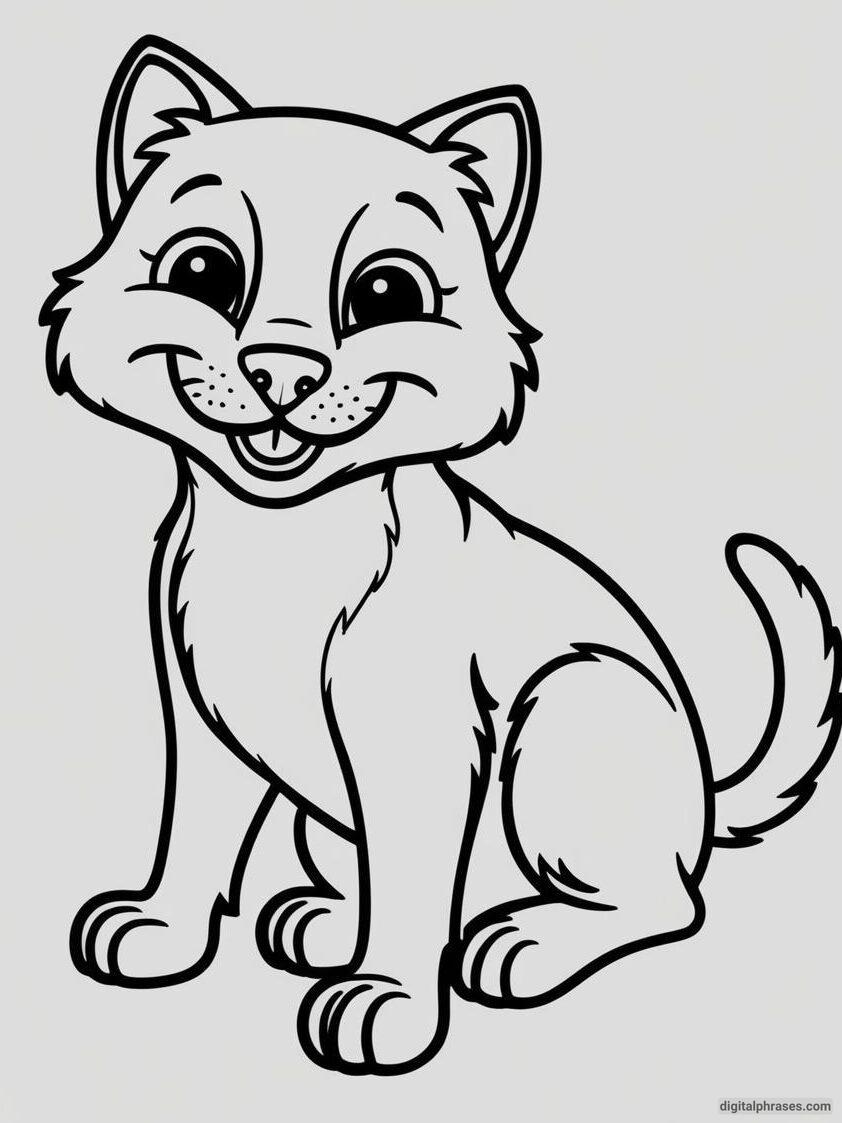
27

28
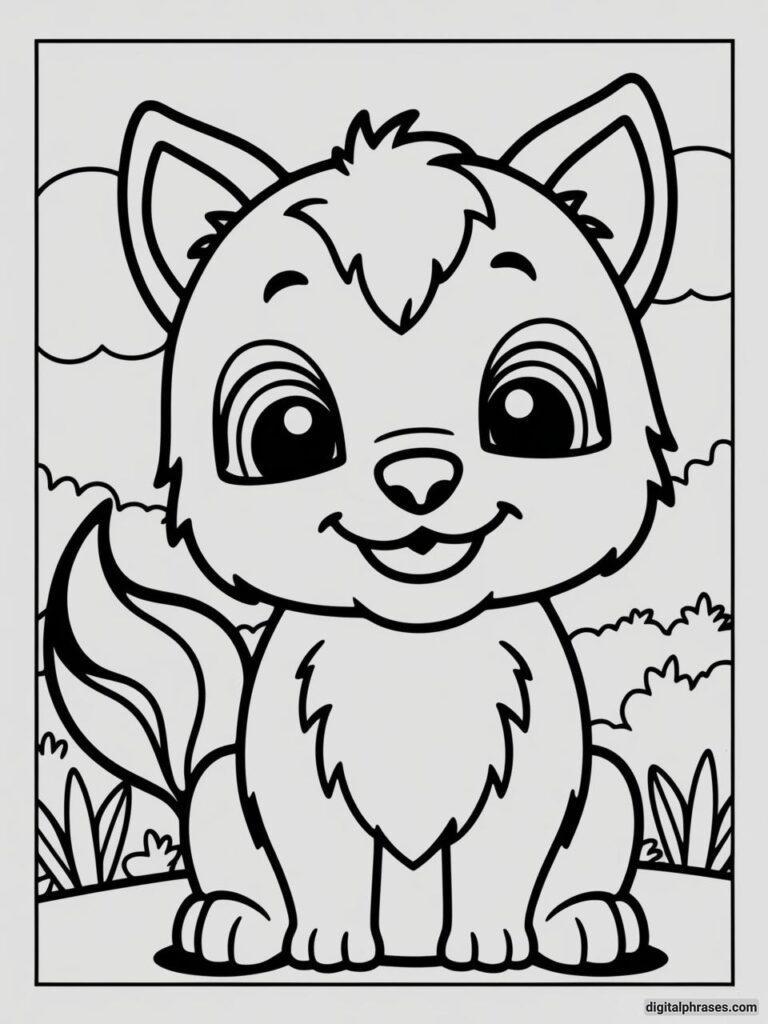
29
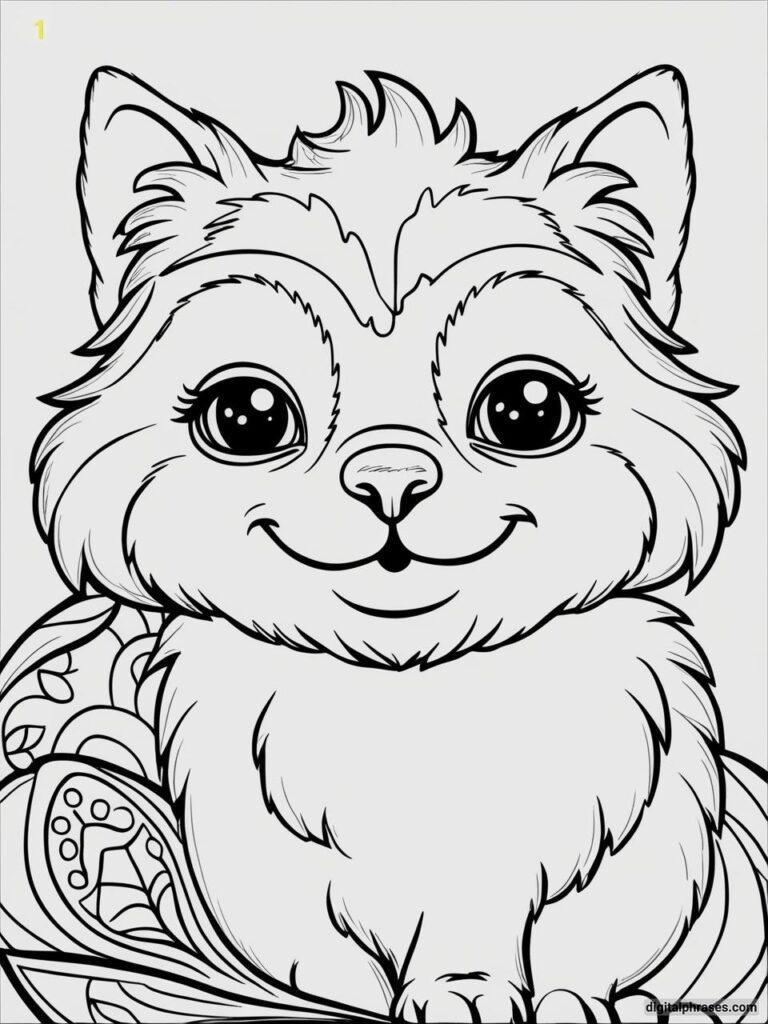
30
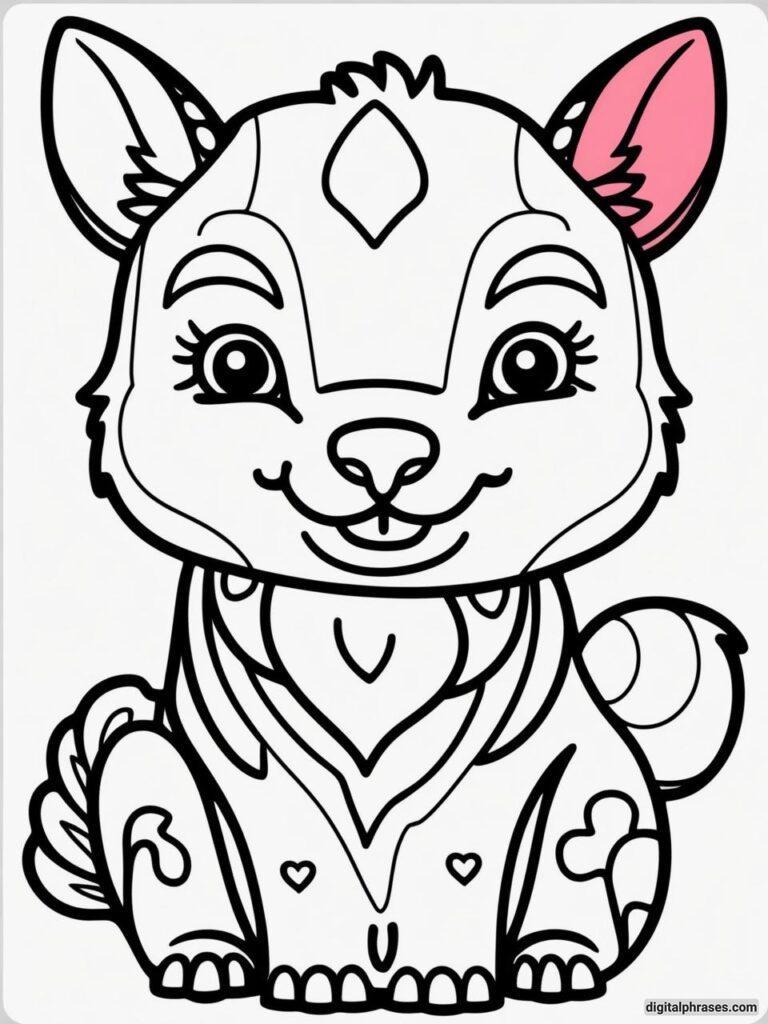
31

32
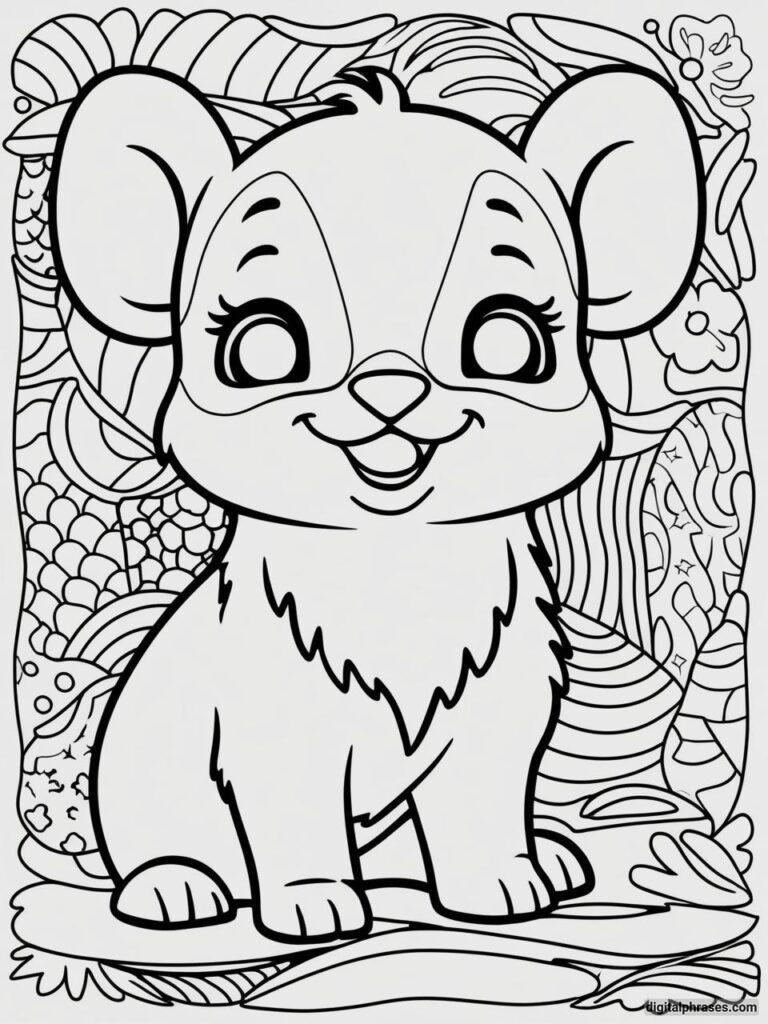
Things To Keep in Mind While Coloring These Domestic Animals
1. Observe Real Animals (Or Have One Judge You)
Before you even pick up your colored pencils or crayons, take a moment to really look at the animals you’re about to color.
If you have a pet at home, even better! Just sit and observe them (with their permission, of course—cats can be quite territorial about their space).
Notice the subtle color variations in their fur or feathers. That calico cat isn’t just orange and black; there are shades of cream, maybe some brown, and even the faintest hint of grey.
If you don’t have a real-life pet to observe, Google can be your friend. Pull up a few reference images of the animal you’re coloring. Not only does this help with accuracy, but it can also inspire you to add a little creative flair.
For instance, that boring white chicken might actually have a golden tint around its neck that makes it pop on the page.
The key is blending real-life observation with your unique artistic vision. Just try not to let your own pets catch you mid-search—they get jealous easily.
2. Start With Light Colors, Then Layer Up
One mistake I made early on was diving in too boldly. I’d grab the darkest brown and slather it all over the cow, thinking I was a coloring master.
But cows aren’t just brown—they’ve got highlights, lowlights, and weird little spots that give them character. Who knew, right?
Instead, start light and build up the layers. If you’re coloring a domestic cat, for example, begin with a light grey or beige base. Then, gradually layer in darker colors for shading.
This technique not only gives your picture depth but also prevents it from looking flat and lifeless (which is coincidentally how my cat looks at me when I forget to feed her on time).
And remember, fur and feathers aren’t uniform in color! They have gradients, texture, and dimension. Adding different shades and blending them will make your coloring page look more realistic.
But don’t worry if you go a little overboard—you can always pull out the eraser for small adjustments (unless you’re using markers, in which case, let’s just hope you have a sense of humor about it).
3. Mind the Fur (Because Apparently It Matters)
Fur direction, to be precise. I thought this was one of those artsy things you could ignore—until my aforementioned cat decided to remind me who’s boss. You can’t just scribble in random directions and expect your domestic animal to look… well, domesticated.
Have you ever seen a dog with fur growing in every direction at once?
Yeah, neither have I.
When coloring animals with fur, think about how it grows. Dogs, cats, horses—they all have fur that follows a pattern. Starting at the nose or the head, fur typically flows backward across the body.
For a more realistic look, follow this direction with your coloring strokes.
Short, quick strokes can mimic the look of short fur, while longer, softer strokes give the impression of silky coats (think of that majestic show horse you once saw).
This little detail makes a big difference in how polished your final image will look. Plus, if you get it right, your cat might just give you a rare nod of approval.
4. Don’t Forget the Shadows and Highlights
Here’s something that threw me for a loop: animals aren’t just flat blobs of color.
Who knew, right?
They have shadows, highlights, and a whole spectrum of subtle hues that make them look more… animal-ish. So, when you’re coloring, it’s important to think about where the light is coming from.
If the sun is shining from the right side of the page, the left side of your animal will have shadows.
This is especially important with larger animals like cows, horses, and even those wooly sheep. Adding a little extra depth with shadows gives them a more three-dimensional appearance.
On the flip side, highlights can help make your animal look soft and cuddly—or in the case of a pig, shiny and slick.
A white pencil or a light-colored crayon can be your best friend for creating highlights on darker fur. Just use it sparingly—unless you’re going for an “animal of the light” look, in which case, shine on.
5. Mix and Match Media (Because Who Says You Have to Stick to One Thing?)
Here’s a fun tip: you don’t have to stick to just colored pencils or crayons. I found out (through some experimental coloring therapy) that mixing different types of media can give your domestic animal coloring pages some serious pizzazz.
Try combining colored pencils with pastels or markers. Use markers for the base layer to get vibrant, bold colors, and then go over them with colored pencils to add texture and details.
For animals like chickens, where you want that smooth, shiny feather effect, colored pencils might be too soft—markers will give you that rich, solid look you’re aiming for.
On the other hand, if you’re coloring something fluffy like a sheep or a bunny, pastels can help you get that soft, downy look.
Don’t be afraid to experiment! Sometimes the best results come from happy accidents (like when I accidentally knocked over my coffee onto my coloring page and now have a cow with “artistic” brown splashes).
6. Experiment with Backgrounds (Because a Floating Chicken is Just Weird)
Okay, so you’ve finished coloring your cow, cat, or duck, and it looks fantastic. But hold on—what’s that?
It’s floating in the middle of a white void. Now, unless your goal is to create some surrealist farm scene where animals defy gravity, you might want to give them a bit of context.
Consider adding simple backgrounds. For farm animals, a green pasture or a blue sky works wonders. For pets like cats and dogs, you can draw a cozy home setting or a comfy pet bed.
Don’t worry about making it too detailed—the focus is still on the animal, after all. But a little grass, a few flowers, or even some fencing can bring your whole picture to life.
Not to mention, adding a background helps hide any stray coloring marks you might have made. (No one will ever know that chicken had an orange smudge on its wing if it’s standing in front of a bright, orange sunset, right?)
7. Have Fun With It (Or Risk Being Judged by Your Pet)
At the end of the day, the most important thing to remember is to have fun. Coloring is supposed to be a relaxing, creative activity—not a test of your worthiness as a pet owner or future farmhand.
So, if your cow ends up purple or your chicken sports rainbow feathers, who cares? (Well, maybe my cat, but she’s got high standards.)
Experiment with colors, go outside the lines if you must, and let your imagination run wild. The more fun you have with it, the more likely you are to finish your page with a smile—and maybe even impress your furry, feathery, or scaly friends.

